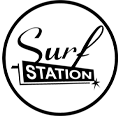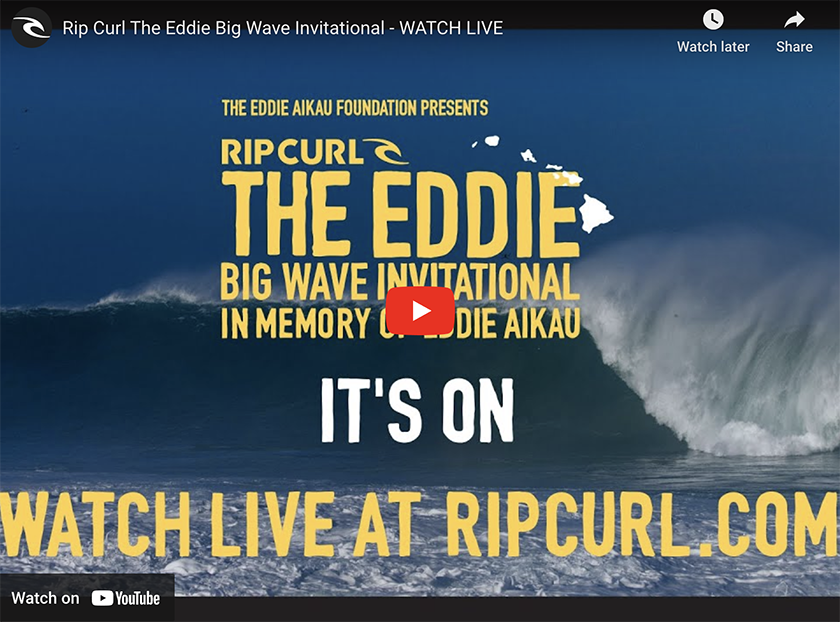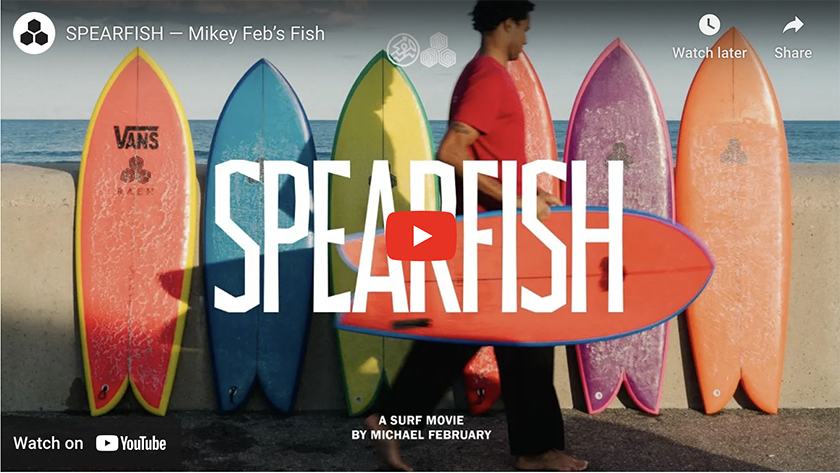Learning to Surf Made Easy!

When stripped down to its very core, surfing is nothing short of awe-inspiring. In the simplest terms, surfing is a solo athlete facing the ocean alone, using a piece of foam to glide on top of moving water for no purpose other than pleasure. It’s a synergy of man and nature that can provide some of the most incredible memories of a lifetime.
But how does someone take the step from spectator to surfer? The idea of paddling out into the vast ocean to catch a wave for the first time can be intimidating to say the least, so here at the Surf Station we have created an easy to follow guide to get you off the beach and in the water this summer.
Surf Camp
The best way to get yourself comfortable in the water and ready to shred is through the aid and guidance of an experienced instructor. The Surf Station Surf School has been serving the St. Augustine surf community since 1984, and has been voted St. Augustine’s #1 summer camp year after year. Our instructors focus on the basics of surfing, while imparting the most important lesson of all on our campers…that surfing is meant to be fun! Our camp provides surfboards best suited for learning, refreshments and guidance from the most experienced around to get you or your kids loving surfing this summer.
Rentals
Finding the perfect board when first learning can be a daunting task for beginners, which makes renting a great option to try out different shapes. The Surf Station has a wide selection of surfboards for rent, from a handful of shortboards to fun shapes, longboards and soft tops that are perfect when first learning. This is a great next step to take after completing your first lessons to be able to test out some varied shapes and determine what you love most. Feel free to swap out boards and try different shapes during your rental period!
How to Choose the Right Board
When selecting your first surfboard, finding the perfect shape to suit your skill level and surf break that you will be surfing is key in increasing your wave count. When first learning to surf, volume can be your best friend when looking to catch more waves. The “volume” of a board refers to the flotation of the shape, which is dependent on the length, width and thickness of the board. To put it simply, the wider and thicker your board is, the easier it will be for you to paddle into waves. Overall, soft top surfboards serve as a great stepping stone to get you out there and surfing on your own this summer. You can check out our comprehensive soft top surfboard guide here.
What Else You Will Need
Roof Racks– Surfboard racks are essential for all surfers driving a vehicle other than a van or pickup, especially when transporting larger boards suited for learning. The Surf Station offers a variety of surf rack options to choose from, including racks suited for bicycles and mopeds. There’s nothing quite like cruising down to your favorite lineup on a bike with your favorite board in tow!
Leash- Unless you like chasing your board to the sand, a leash is essential when paddling out. A lost surfboard in the lineup is dangerous to other surfers and swimmers in the water, not to mention it’s not a great idea to toss around your board to the sand. Shop our leash selection here.
Sunscreen- Although spending hours on end in the water surfing may be a blast, the sun can take a toll on surfers in the water. Protection is key while in the water and water resistant sunscreen options are a must for those putting in some serious hours in the ocean. The Surf Station carries all the best picks for sun protection to keep you from looking like a lobster this summer here.
Where to Surf
For beginners, your best bet is to start surfing a mushy beach break with smaller waves in the knee to head high range. Offshore or light onshore winds will create the cleanest, most rideable waves when there’s swell and surfing the incoming tide never hurts when looking for an extra push. When first learning to surf, we recommend to find a less popular spot with less surfers in the water, making for an easier transition when looking for waves. Some spots that we recommend: Ocean Trace Road, Crescent Beach Ramp or Matanzas Inlet Beach Ramp. Some spots that we recommend are avoided as a beginner: Vilano Beach, St. Augustine Pier and Matanzas Inlet.







